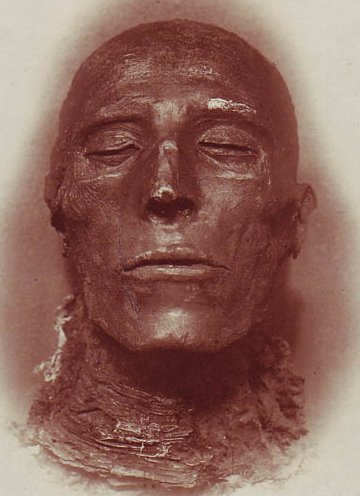
“The Black Chapel” was the ninth and final installment of Sax Rohmer’s The Si-Fan Mysteries. The story was first published in Collier’s on June 2, 1917 and was later expanded to comprise Chapters 34 - 40 of the third Fu-Manchu novel, The Si-Fan Mysteries first published in 1917 by Cassell in the UK and by McBride & Nast in the US under the variant title, The Hand of Fu Manchu. The US book title marks the first time that the hyphen was dropped from the character’s name, although it was retained within the text.
“The Black Chapel” sees Nayland Smith, Dr. Petrie, and Petrie’s fiancée, Karamaneh (recently liberated from the Si-Fan’s slavery ring) paying a visit to Greywater Park, the ancestral estate that their old friend, Sir Lionel Barton has recently inherited. Rohmer seems determined to shape Greywater Park in the image of Redmoat, the medieval stronghold where Reverend J. D. Eltham (the veteran of the Boxer Uprising who figured in the first two books) resided. As in his appearance in the first book, Sir Lionel is a brilliant, but eccentric Egyptologist based in part on both the real-life Sir Richard Burton and Sir Arthur Conan Doyle’s Professor Challenger. The character’s larger than life qualities are best exemplified by his menagerie of wild cats and other exotic animals that fill his home alongside his equally exotic foreign servants. Upon their arrival, it is learned that Sir Lionel has fallen ill and is unable to meet with them until the morning. The trio settles in for a strange night in Sir Lionel’s highly unorthodox home when they are disturbed by an inexplicable knocking and a ghostly wailing just as Smith has finished relating Greywater Park’s colorful past in housing a Spanish priest who fled the Inquisition centuries before.
As the night progresses, Petrie turns his attention to the abandoned tower, Monkswell that rests on the grounds. He suspects that the ghostly manifestations emanate from there. While staring out the window into the night, Petrie is startled by the shadow of a man crawling down the sheer wall of the castle, bat-like (in a pleasing nod to Jonathan Harker’s glimpse of Count Dracula in Bram Stoker’s 1897 classic, Dracula). Petrie struggles to remain conscious and realizes that someone has drugged his drink with an opiate. Fighting the effects of the drug, Petrie undertakes a search of the East Tower and finds Smith’s room is empty and fears the worst. Convinced that the shadowy figure scaling the wall was Smith’s assassin, Petrie resolves to avenge his friend’s death only to discover the mysterious climber was Smith himself who returns to his room through the window and informs a startled Petrie that Sir Lionel has disappeared.
TO CONTINUE READING THIS ARTICLE, PLEASE VISIT
HERE.






.jpg)